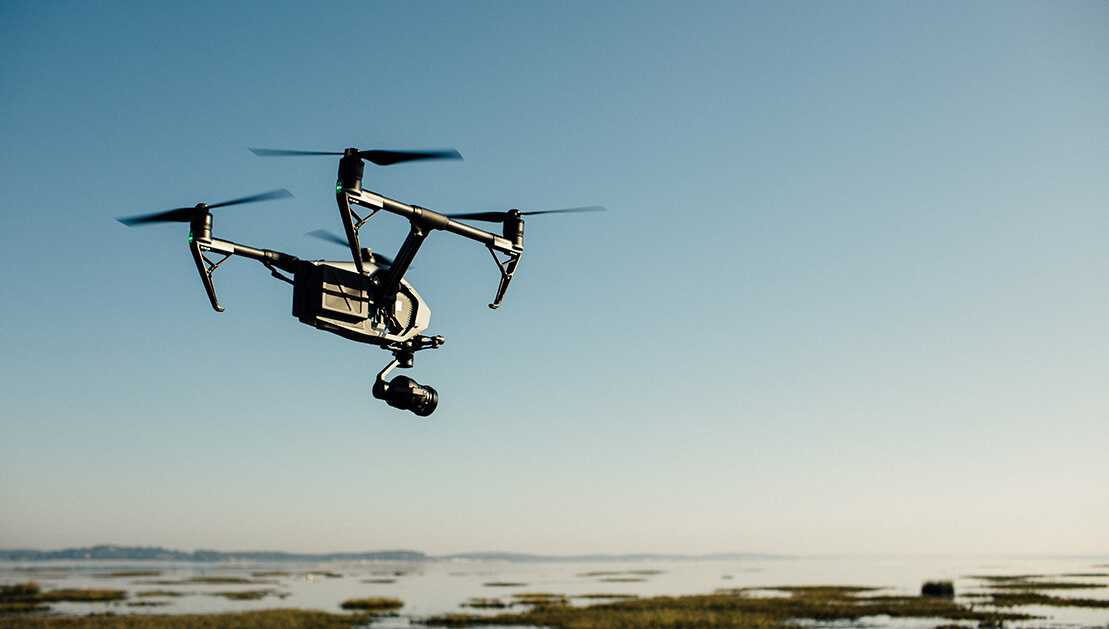Capital formation by New Zealand businesses is forecast to reach NZD$65 billion in the 2017 financial year and is expected to set a new record of NZD$70 billion in 2018, according to the latest round of Maia Financial’s Equipment Demand Index (the Index).
The Index found that 42.8 per cent of New Zealand businesses plan to increase their capital expenditure in the next 12 months, by an average of 22.0 per cent on the previous year, with a continued increase to adopt Industry 4.0 technology.
Of those businesses looking to increase their capex, 31.6 per cent are doing so as a result of ‘expanding their operations’, while 26.6 per cent cite ‘confidence in the domestic economy’.


